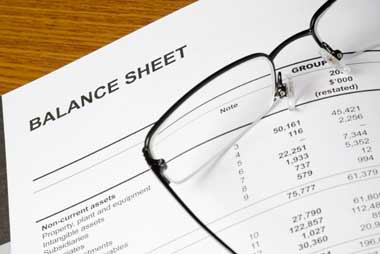Hi guys,
Here we are back into business. Today I would like to share how to deal with cross-cultural people and how they do negotiation. Here some characteristics of the nation when your company is decided to do global strategy. I put example from certain countries that in my opinion give the big impact in business. So here it is,
- America
From the goal cultural dimension, American is included as individualists; they are more accepting of competitive bargaining tactics and bluffing. It is said that they may be perceived as less ethical by their International counterparts. American is significantly less accepting of misrepresentation to an opponent’s network and they are not afraid to show their real behavior instead of changing it.
Moreover, from social side, American is dispositionalism where Individualistic and egalitarian power are part of their culture and they have tendency to ascribe the cause of a person’s behavior to his or her character or underlying personality. In addition, American has culture of direct communication where message are transmitted explicitly and directly, and communication are action oriented and solution minded. They have tendency to tell things to your face, favoring direct confrontation and discussing problem freely. In expanding the pie, American exchange information directly and avoid using influence strategies when negotiating intra and intercultural.
- British/ European
British dominant attitude is basically economic collectivism; they give priority to in-group goals, and for business relationship they were bounded by formal rules and low affectivity, they reserved in manners, dress, as well as speech. British people are famous for their politeness and self-discipline. In this case, British is considered as situationalism where there is tendency to ascribe the cause of a person’s behavior to factors and forces that are outside of a person’s control. Moreover, British people are doing indirect communication and they like to add a joke and humor on their negotiations that somehow it is hard to understand by others.
- Japanese
Japanese are indirect culture; they transmit messages indirectly and implicitly. As example, Japanese negotiators are less likely to say no and more likely to remain silent. Moreover, they also exchange information indirectly and use influence when do intercultural negotiating, but adapt their behaviors when doing intercultural negotiation; however, even though they acted indirectly, they not afraid to engage in more direct information exchange (asking questions). For the influence dimension, Japanese are more hierarchy power relationship, they not challenge high status member and status implies social power and is not easily permeated or changed.
- Chinese
Chinese people are collectivism, they emphasize social networks, and they negotiate with someone whom they believed to be a friend or a stranger from their own culture. As expected based upon their collectivist orientation, Chinese changed their behavior more when interacting with others and they perceived more external influence (situationalism). They considered as hierarchy power relationship just like Japanese, due to their preferences to use relational bargaining (asking a superior for a resolution; consulting with third parties for advice). That is why; it will be easier to persuade the higher authorities when doing negotiation with Chinese people because they concern for the collective and authority for business relationships.
Thank you for reading my entry and happy negotiate
written by Herlin




